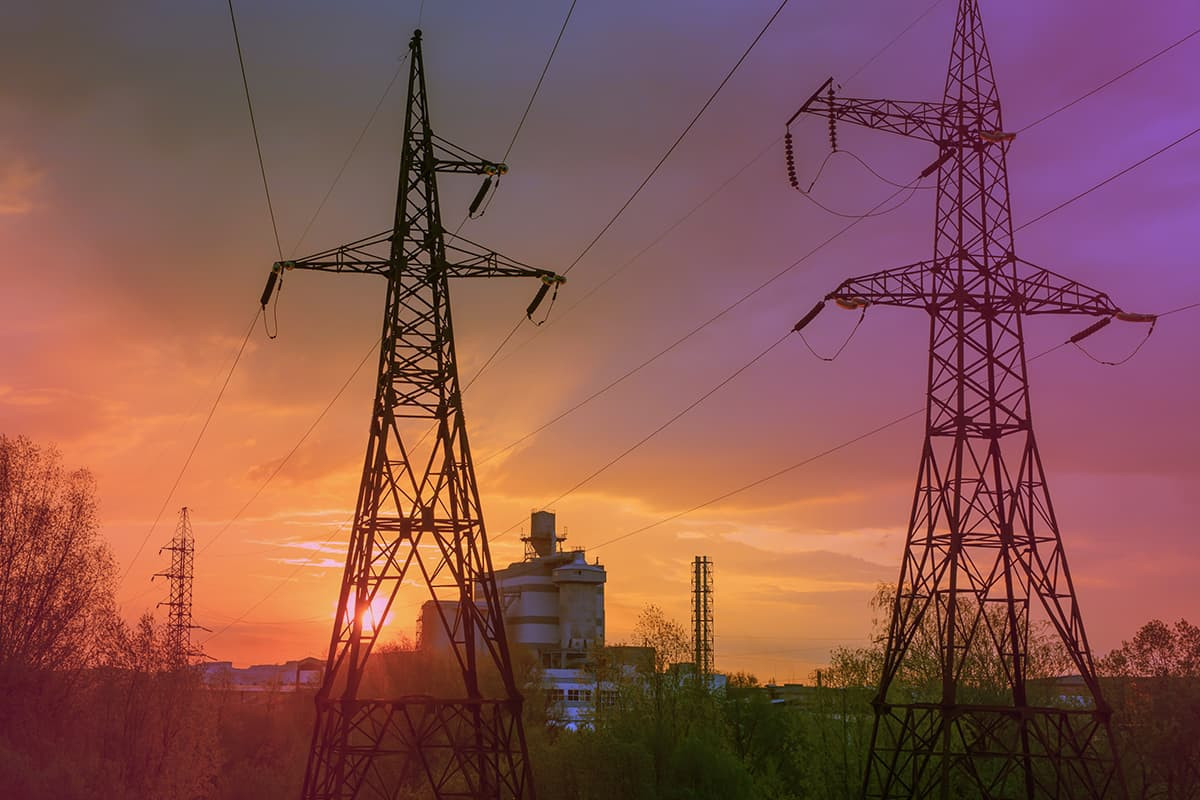
What is Electricity? How is Electricity Transferred to Households?
What is in this article?
Electric energy, which constitutes a large part of the energy used today; provides lighting, communication and covers heating needs.
Therefore, it is an indispensable energy source. It provides high efficiency in industrial areas as well as ensuring the operation of all devices in homes.
If you are curious about how electricity reaches our homes, this article provide insights into the journey of electricity from its generation to its arrival in our homes. Enjoy your reading!
Some Electrical Terms Used in This Article
The most commonly used electrical terms include the following:
-
Direct Current
The flow of electric charges from low to high is called direct current. In direct current, abbreviated DC, the polarity does not change over time.
-
Ampere
Ampere is the unit of electric current. It is denoted by the letter A. It can be measured using devices called ammeters. It was discovered in the 18th century by French scientist André-Marie Ampère.
-
Grid
Electricity grids are used to deliver the generated electricity to users through networks. Different grids are used for the transmission and distribution of electricity. With distribution grids, electricity is transmitted to end users.
-
Voltage
Voltage is the potential difference or voltage unit between two ends of a conductor in electricity. It is denoted by the letter V. Volt means 1 A of electricity passing through a conducting object with a resistance of 1 Ohm.
For more detailed information on electricity terms, you can review our article on electricity terms.
What is Electricity?
Matter consists of atoms, the nucleus at the center of the atom, uncharged neutrons and positively charged protons in the nucleus, and negatively charged electrons orbiting the nucleus. In a neutral atom, the number and charge of electrons are equal to the number and charge of protons.
When any external force is applied to matter, the balance between protons and electrons is disturbed. This causes the atom to gain or lose electric charge and negatively charged electrons are released. By moving freely, electrons create electric current in matter. According to this explanation, electricity is a physical phenomenon caused by moving or statically charged particles.
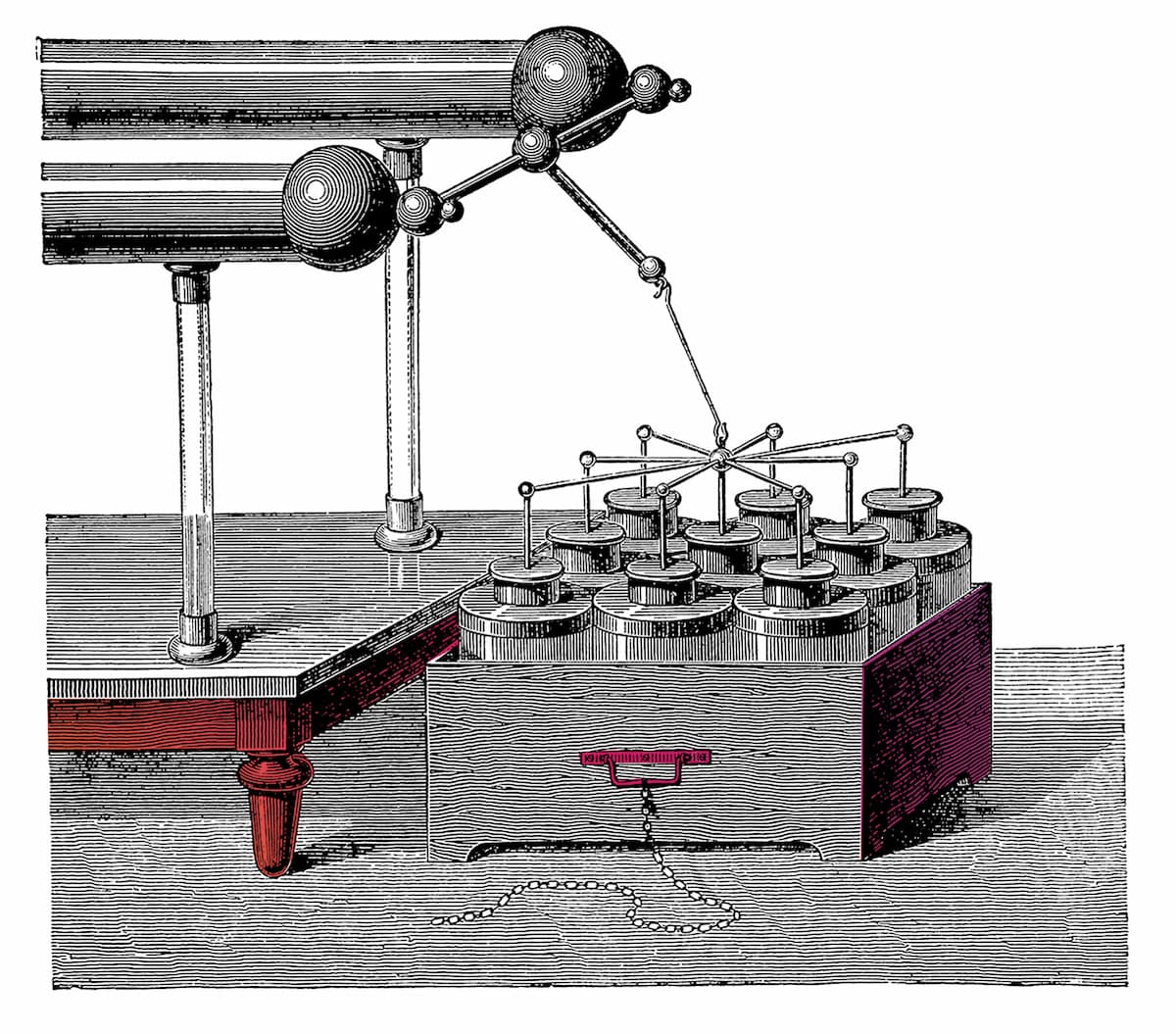 The invention of electricity is connected with the discovery of magnetism. Until the 18th century, many different methods of generating electricity were used, from magnetite element, also called magnetic stone, to amber, from compass to electric machine.
The invention of electricity is connected with the discovery of magnetism. Until the 18th century, many different methods of generating electricity were used, from magnetite element, also called magnetic stone, to amber, from compass to electric machine.
Then research accelerated with the invention of the Leyden bottle, which allowed electricity to be stored. Benjamin Franklin began working with Leyden bottles in the 18th century, using them as a simple capacitor. He discovered that the sparks produced by electricity stored in these bottles and then discharged resembled lightning and thunder.
In 1752, he succeeded in storing electricity in a Leyden bottle by flying a kite on a stormy day. The lightning rod, used today to protect against damage from lightning strikes, is Franklin's invention. Franklin was also the first to use the concepts of plus and minus electricity.
He observed that two objects with different electrical charges attract or repel each other. He defined plus electricity and minus electricity and said that the flow of electricity would be from plus to minus.
What is an Electric Current? Unit of Electric Current
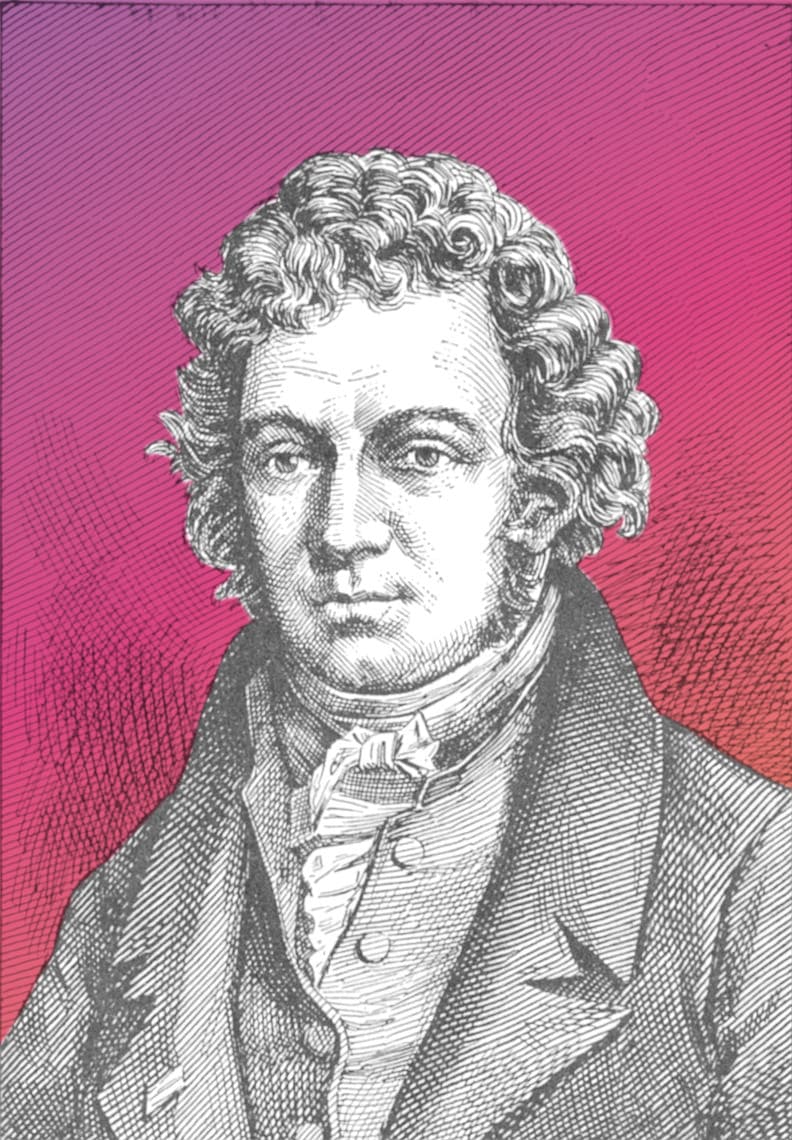 Electric current is the continuous and regular movement of electrons in the atoms of an object from a point where they are more to a point where they are less. For there to be current, there must be voltage between these points.
Electric current is the continuous and regular movement of electrons in the atoms of an object from a point where they are more to a point where they are less. For there to be current, there must be voltage between these points.
It is not possible to talk about electricity without electric current. The electrons that make up the current are transformed into a different type of energy after passing through the circuit.
For current to occur, an electrical circuit must be completed. A circuit is complete when it starts from the voltage or power source and comes back to the power source.
The unit of electric current is the ampere. The term is named after André-Marie Ampère, a French mathematician and physicist who was one of the discoverers of electromagnetism.
How is Electricity Transferred to Households?
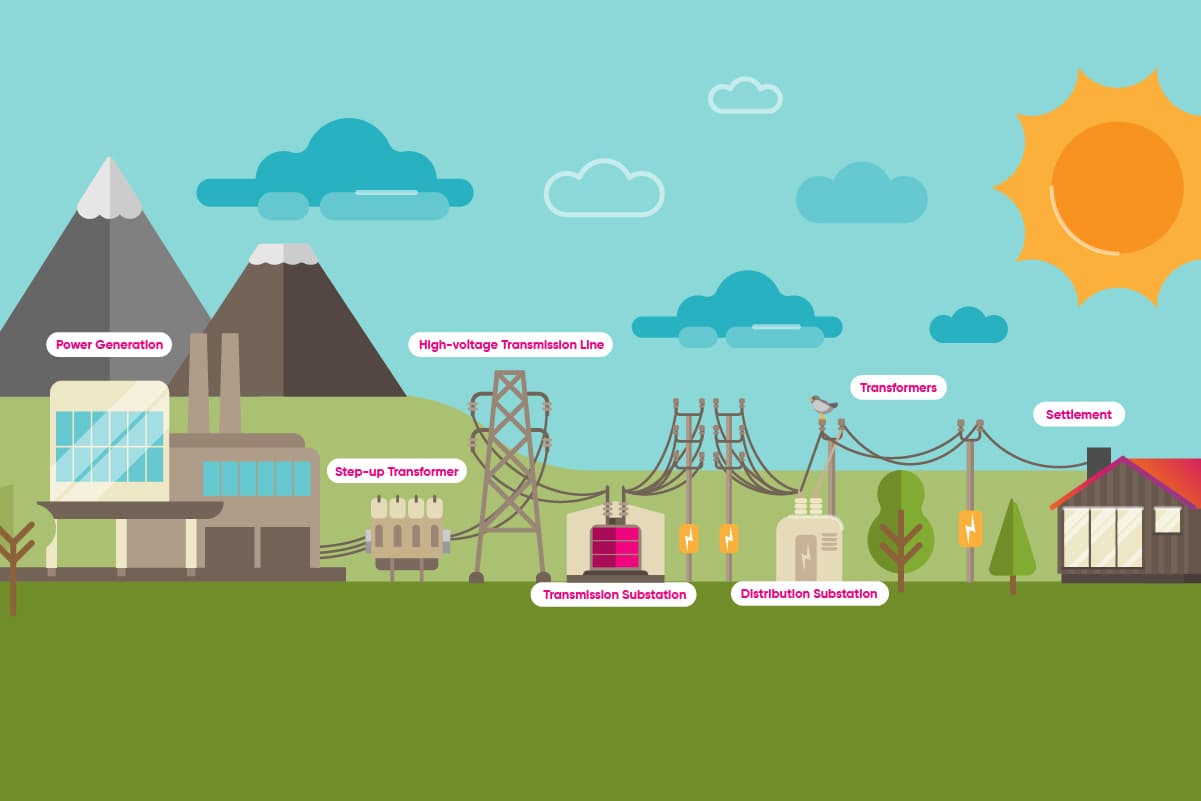
The production, distribution and transmission stages of electricity are as follows:
-
How is Electricity Generated?
Electric energy, which is used as the primary energy source in homes and workplaces, is produced by generators that convert mechanical or chemical energy into electrical energy by converting into electrical energy the flow energy of water in dams, the motion energy of steam in natural gas cycle power plants, the motion energy in wind turbines, and the radiation from the sun in solar systems.
Please read our article How is Electricity Generated? to find out more.
-
How is Electricity Distributed? How is Electricity Distribution Done?
Electricity generated in power plants is distributed through electricity distribution grids. Electricity generated in power plants is transported by high voltage grids between 35-154 kV in order to prevent energy loss.
Very high voltage grids above 154 kV are used for transportation between cities and power plants. After reaching the cities, the high voltage, which cannot be used in households, is reduced to 220 V or 380 V in transformers and delivered to subscribers.
Transmission lines are laid along streets and passages to transmit electricity to residential areas. Depending on the type of distribution, the most commonly used grids are divided into branched grids, ring grids, interconnected grids and mesh grids.
Branched grids are networks that generally have a tree-like line chain and whose distribution starts from a single source. While thick lines are used in the sections near the transformer, thin lines are used in the sections away from the transformer. In addition to urban centers, distribution in villages and towns is also handled by these grids. Although it is an economical and easy-to-maintain system, safety is low and the voltage in the lines is not uniform. In other words, the voltage decreases the further you get from the transformer.
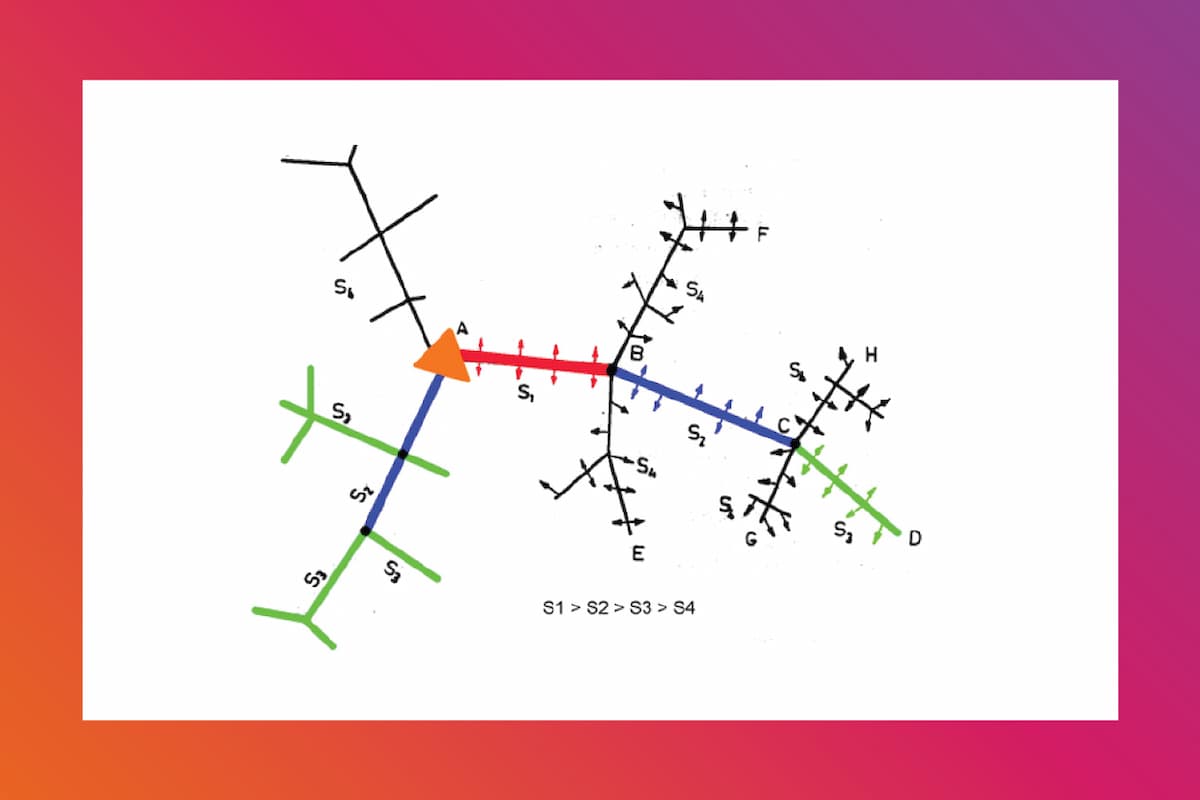
Ring grids have more than one transformer used for power distribution. These transformers are connected in parallel and form a closed system. Thanks to these systems, created by using multiple transformers, a large number of subscribers are prevented from being left without power in the event of possible power outages. However, installation costs in these ring grids are high.
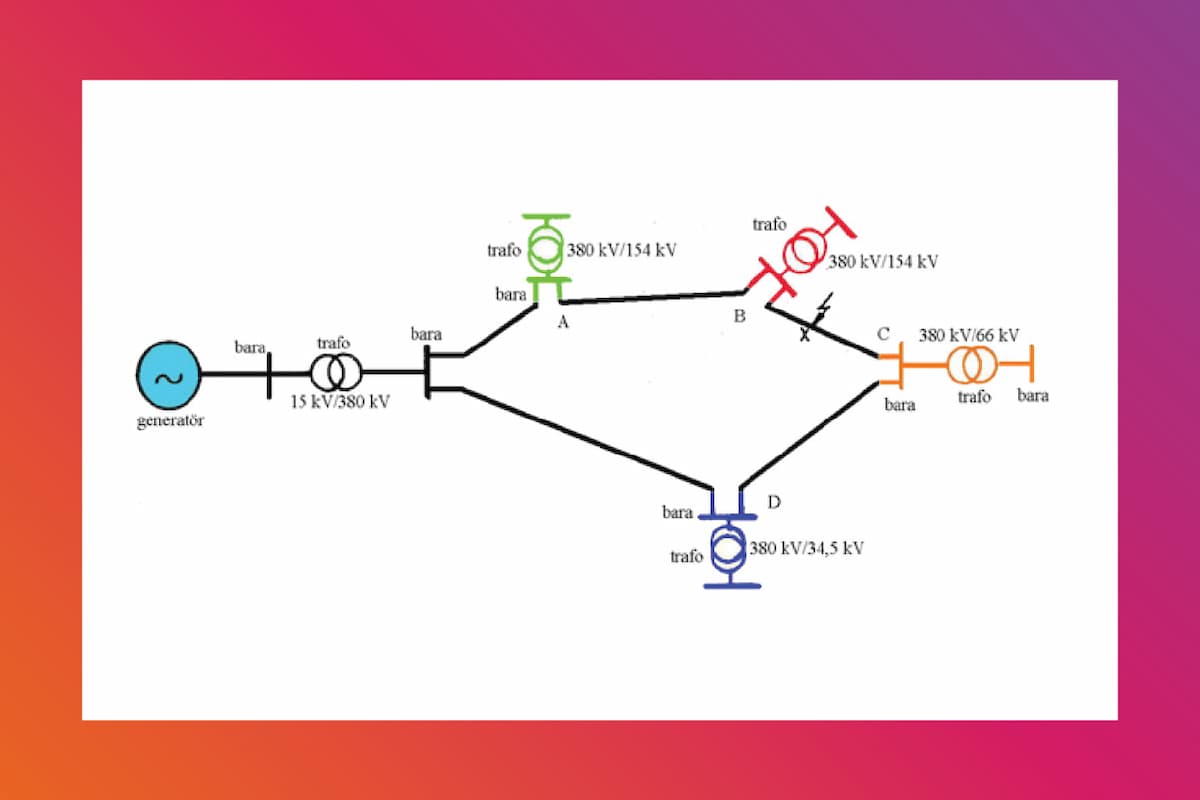
Wtih mesh grids, which are used in cities and industrial centers, power is supplied by more than one transformer. However, the lines to the end user form a branched structure in the form of a mesh. When the number of subscribers increases, the entire system must be changed to expand the system, which is costly. Since it is a mesh, only the power of the affected area is cut off if there is a breakdown, and other parts can continue to use power. It has the advantage of providing uninterrupted power and stable voltage.
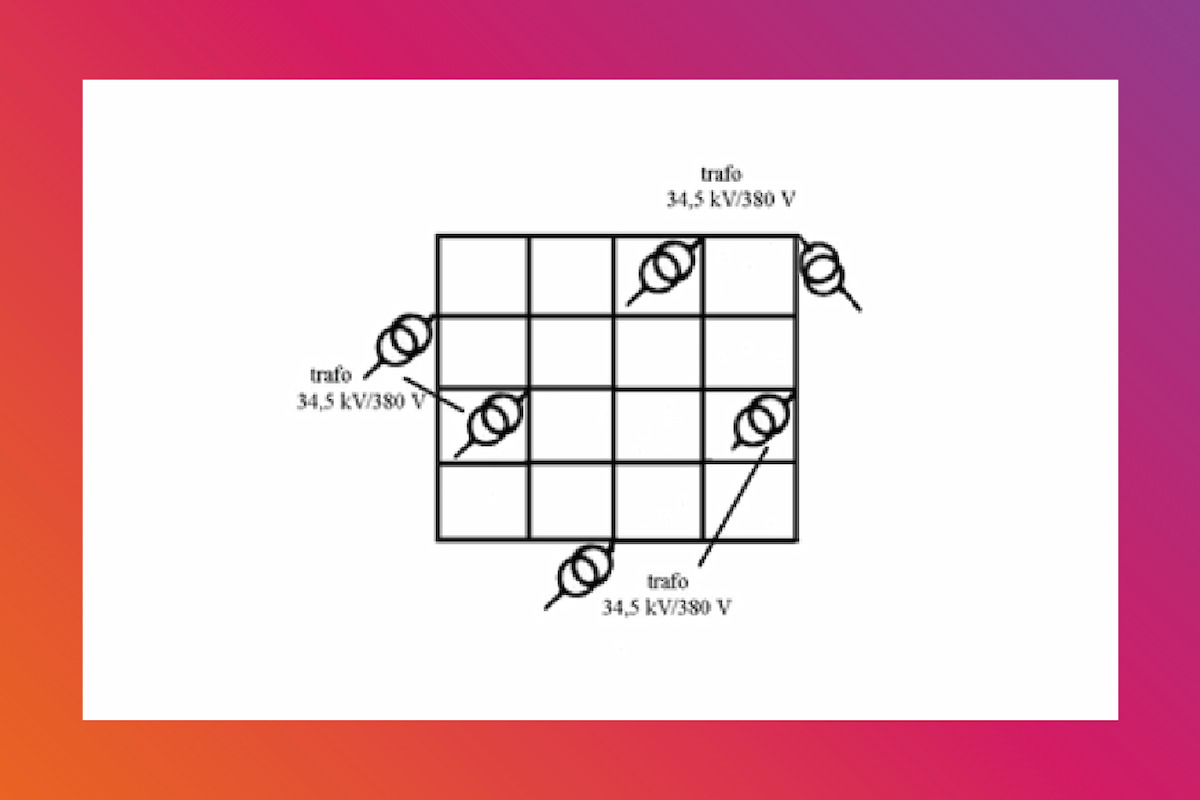
Interconnected grids have the capacity to meet the entire electricity demand of a large region. Especially when the distance between consumption and production centers is too long, these grids are used. This system is available in all countries; all power plant systems can be integrated into interconnected grids. All grids within this system are connected in parallel. In the event of a fault in the system, the energy of the region concerned is switched off and other regions continue to be supplied with energy. In this way, it is easier to ensure energy continuity in the system. However, the disadvantages of interconnected grids are the high current flowing during the short circuit and the low system stability, i.e. the difficulty in reducing transmission losses.
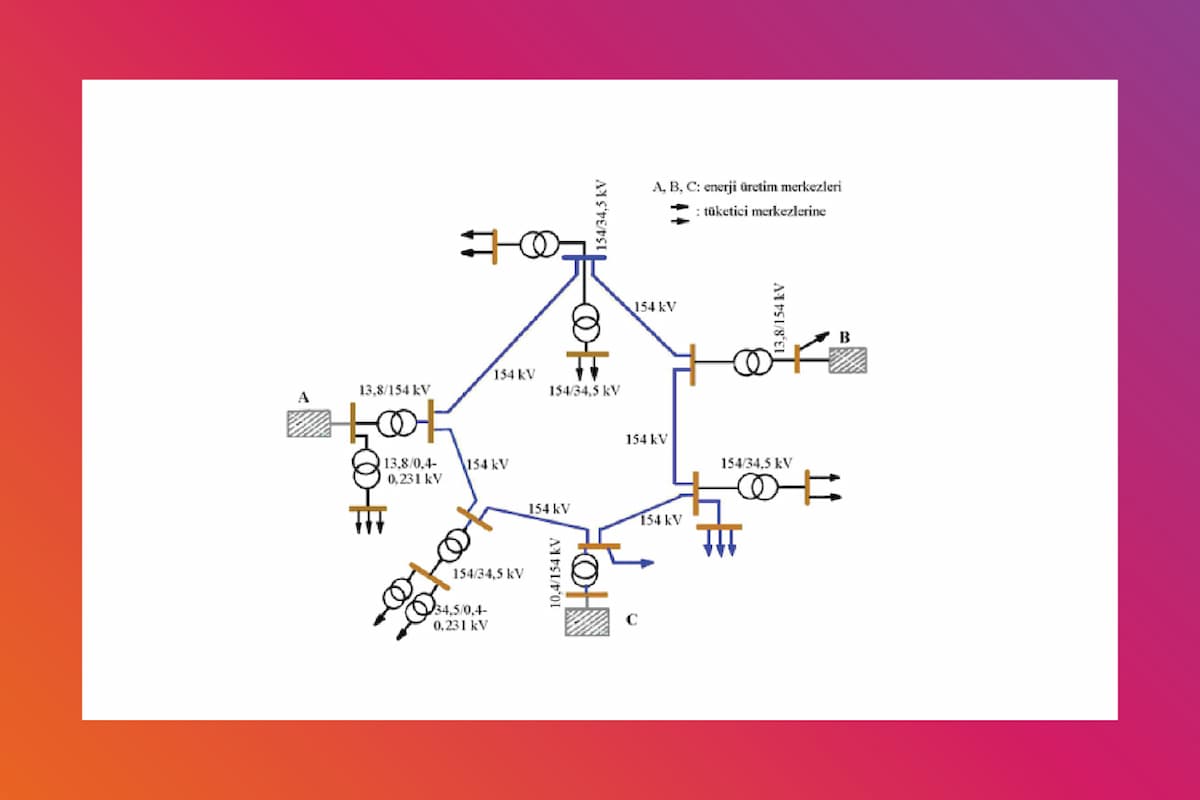
-
How is Electricity Transmission Done?
Electric power transmission is delivered to consumers through power transmission grids. Turbines and power plants that generate electric energy, as well as production centers, are usually located far from settlements and business centers where electricity is consumed, for reasons such as access to raw materials, safety, and pollution prevention. However, in this case, it may be difficult to transmit the generated electricity without loss and to save electricity.
Since electricity cannot be stored, transmission must occur immediately after generation. In this case, the power transmission systems are used. The transmission is carried out through numerous auxiliary elements such as poles and transformers, capacitors, transmission lines, breakers and disconnectors.
The electricity, whose voltage is reduced, is delivered to the houses (meters) through poles or underground transmission lines. The electricity delivered to the households is consumed in the houses after it passes through the meters.
Today, electricity is usually transmitted using alternating voltage. However, chemical batteries, dynamos and solar cells use direct current. DC voltage: it has advantages such as regular voltage adjustment, a high insulation area and no stability problems. Some losses may occur during the transmission of electrical energy.
However, it is especially important to transmit electricity from renewable energy sources with minimal losses. This is due to the costly use of renewable resources and intermittent production.
What information about electricity surprised you the most? We are eager to hear your comments. You can share our article on social media to inform more people.

 Online Services
Online Services Application Inquiry
Application Inquiry Pay Assurance Fee
Pay Assurance Fee Query Installation Number
Query Installation Number Compensation Fee Inquiry
Compensation Fee Inquiry Automatic Payment Order Inquiry
Automatic Payment Order Inquiry Partnership
Partnership

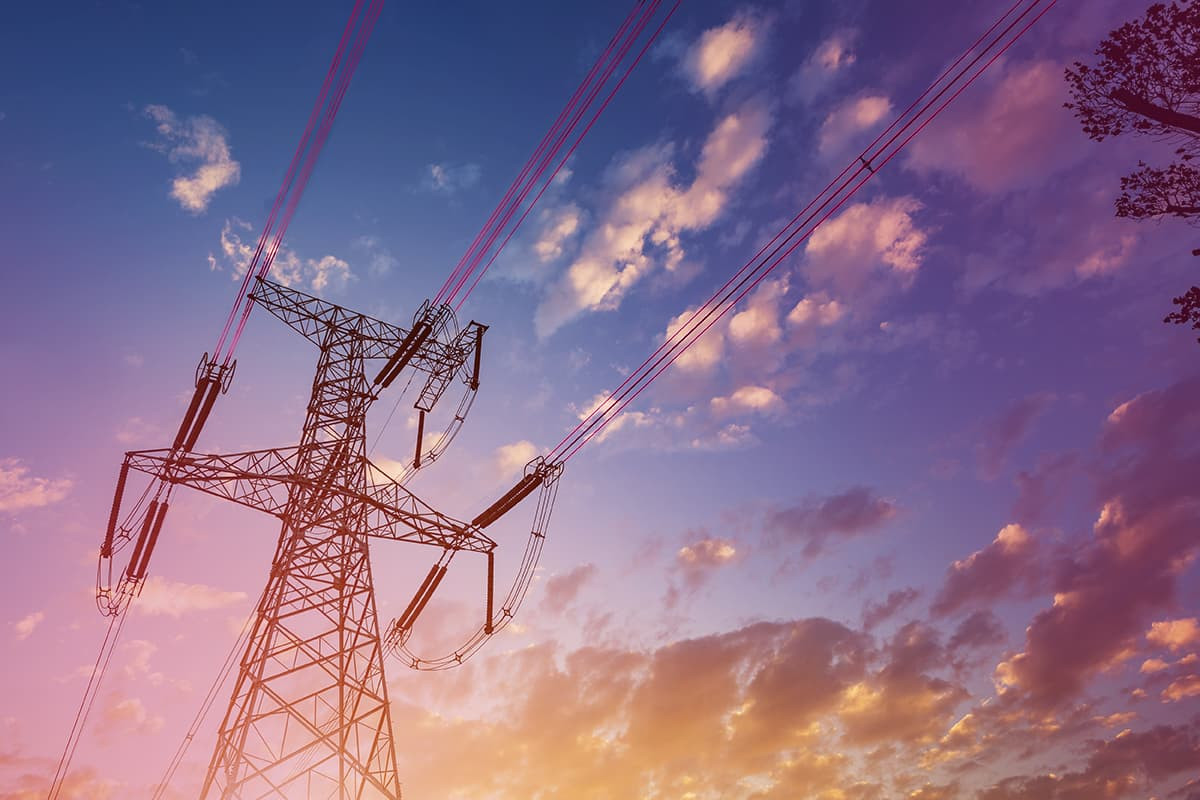
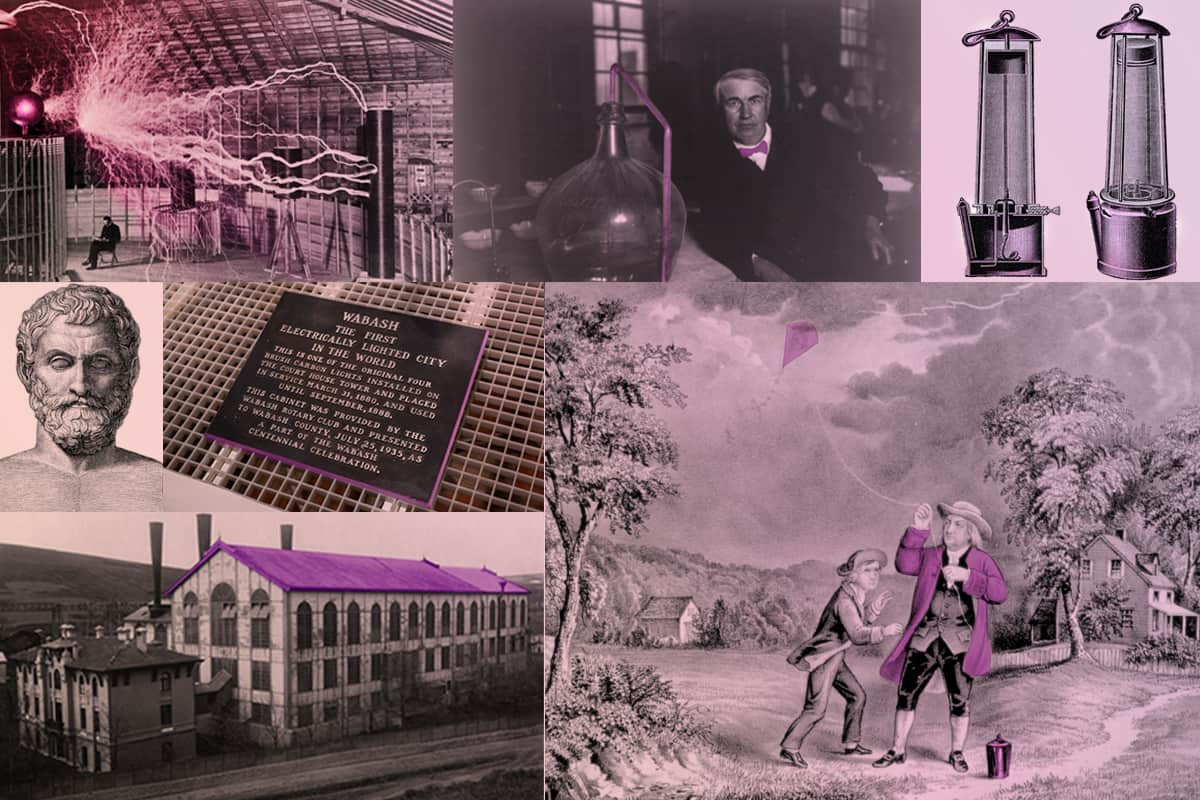



Leave a Comment